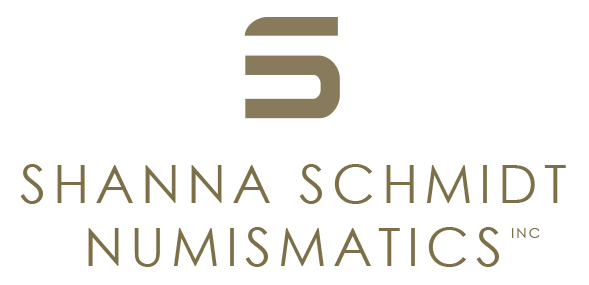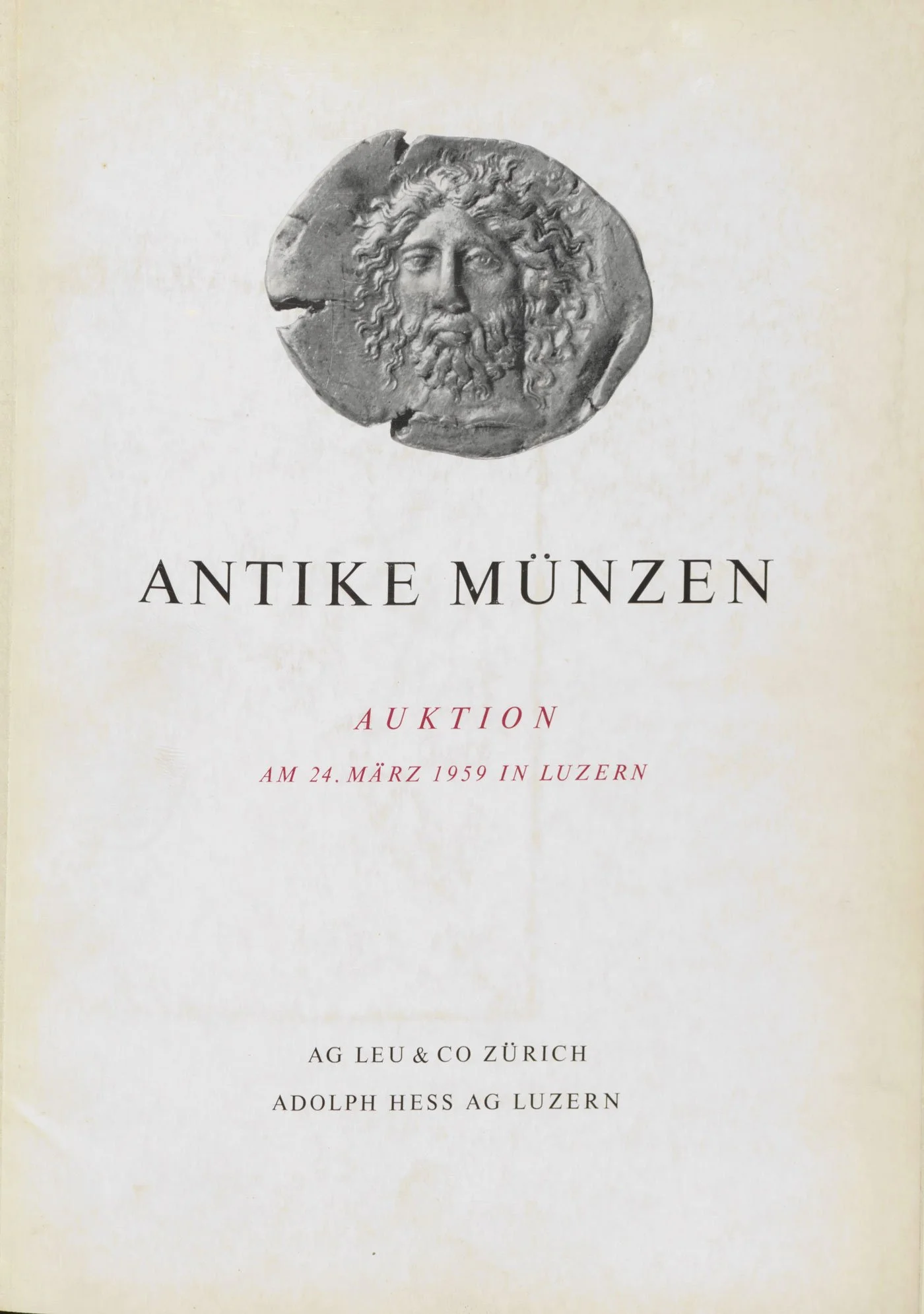Lucania, Metapontum. c. 340-330 BC
Lucania, Metapontum. c. 340-330 BC
AR Nomos, 7.9g (20mm, 11h).
Bearded head of Leucippus r., wearing Corinthian helmet; in l. field, cross-torch. Traces of overstriking throughout / META Barley ear with leaf to r.; above, leaf, |-[H]
Pedigree: Ex Hess-Leu 11, March 24, 1959, Lot 20. Ex Bank Leu Auktion 7, May 9, 1973, Lot 26. From the Collection of Jacqueline Morineau Humphris.
References: Johnston Class A, 5.5. SNG ANS 405 (this obverse die). SNG LLoyd 382 (this obverse die). SNG Copenhagen 125. Historia Numorum Italy 1555.
Grade: Undertype is quite evident with the resulting flan defects, however, the coin is sharply struck with lovely iridescent toning. Obverse slightly off center, otherwise, EF
gk2025
Scroll down for more information about this coin.
While this coin is stunning in its own right, especially with the rainbow toning, there is a deeper and older story hiding just beneath the surface. Scattered across the obverse are significant traces of an older unidentified undertype, meaning that this coin is “overstruck” on an older type. According to David MacDonald’s book Overstruck Greek Coins, this happens when coins “have been ‘recoined’ by striking them with new and different dies”. This practice spanned the ancient world, and was employed for either political or economic reasons. The political factors largely focus on the desire to negate the power of or humiliate a foreign state or rebellious politician, as was the case in Judea during the Jewish revolt against Rome. Most commonly it was due to economic factors, especially when the time or financial expenses involved in melting and forming old coinage into new flans was unfeasible. It is likely that this particular coin falls into the first category Regardless of the reason for why this particular coin was overstruck, the fact that it occurred is interesting and can help shed light on a fascinating period of numismatic history.



